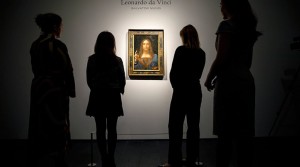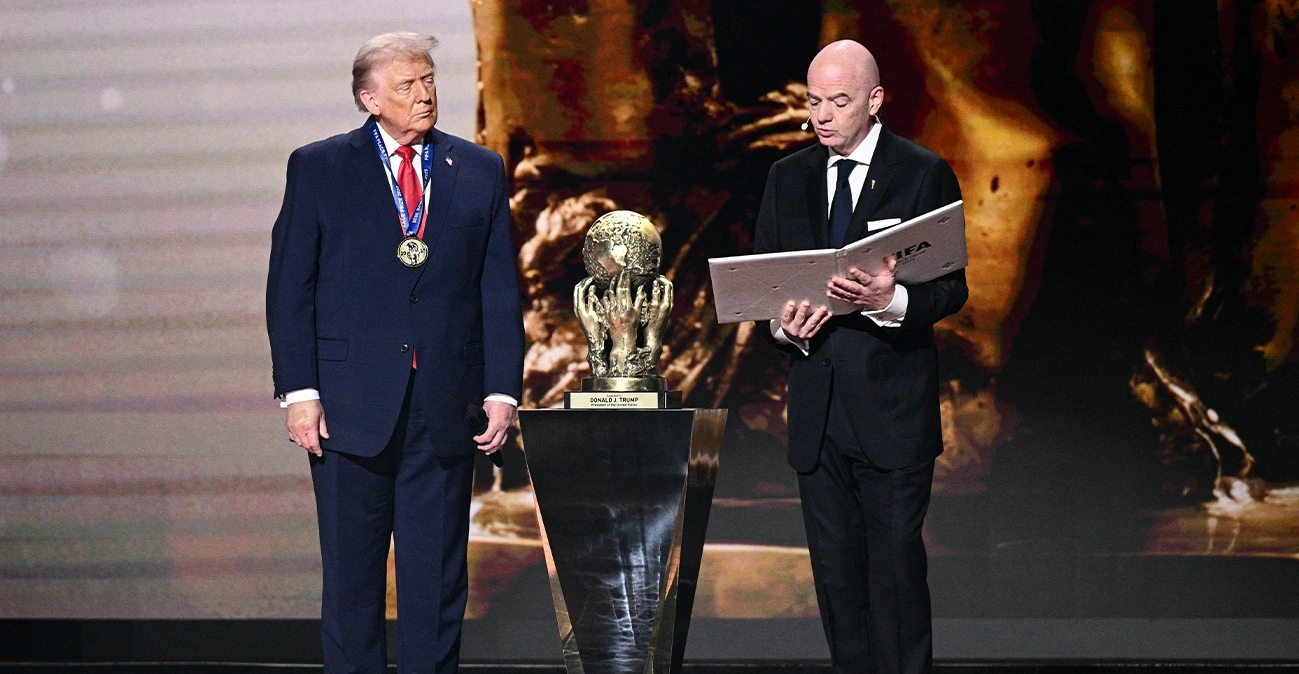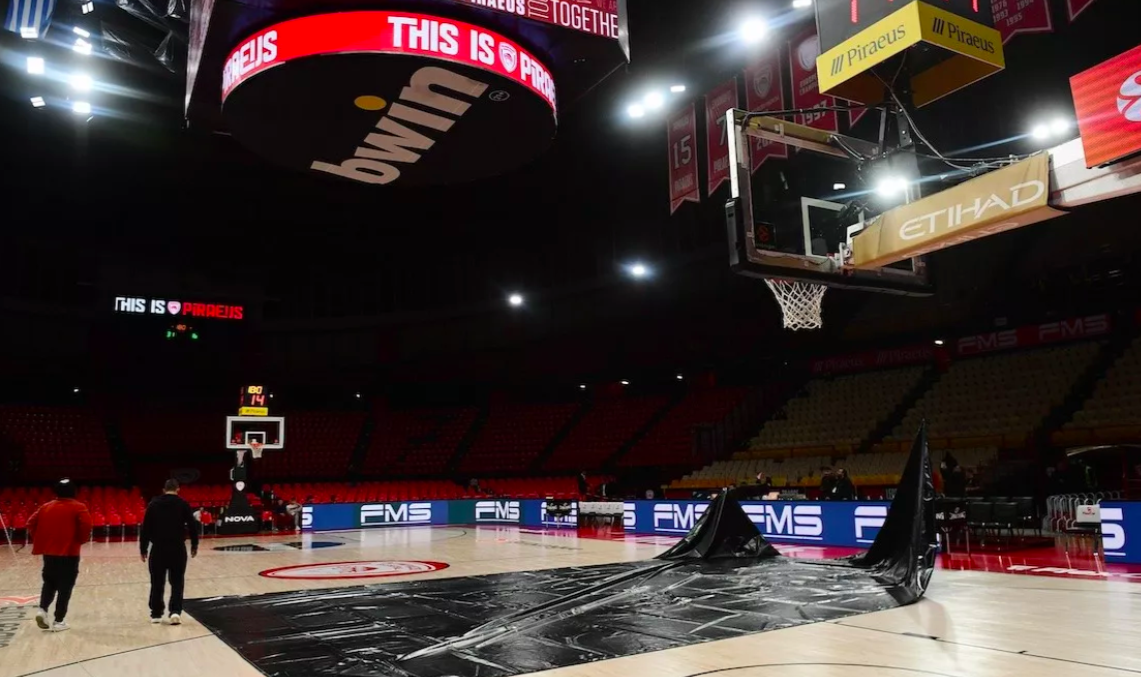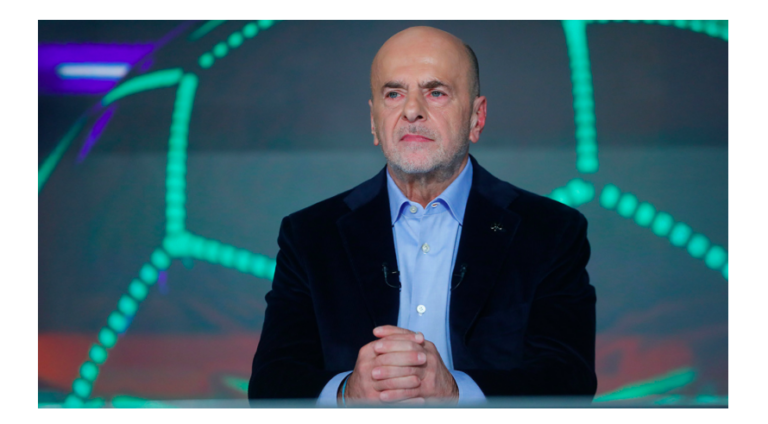Even before Leonardo da Vinci’s Salvator Mundi went to auction Wednesday night at Christie’s in New York, naysayers from around the art world were savaging its authenticity. Various advisers were muttering darkly, both online and in the auction previews. A day before the sale, New York magazine’s Jerry Saltz wrote that though he’s “no art historian or any kind of expert in old masters,” just “one look at this painting tells me it’s no Leonardo.”
And that was before the painting obliterated every previous auction record, selling, with premium, for $450 million.
Shortly after the gavel came down, the New York Times published a piece by the critic Jason Farago wherein—after also noting that he’s “not the man to affirm or reject its attribution”—he declared that the painting is “a proficient but not especially distinguished religious picture from turn-of-the-16th-century Lombardy, put through a wringer of restorations.”
Had the buyer of the most expensive painting in the world just purchased a piece of junk?
“All of the most relevant people believe it’s by Leonardo, so the rather extensive criticism that goes ‘I don’t know anything about old masters, but I don’t think it’s by Leonardo’ shouldn’t ever have gone to print,” says British old masters dealer Charles Beddington. “Yes, it’s a picture that needed to be extensively restored. But the fact that it’s unanimously accepted as a Leonardo shows it’s in good enough condition that there weren’t questions of authenticity.”
After speaking to multiple prominent old masters dealers— a group whose members aren’t exactly known for holding their tongues— the real issue regarding the Leonardo’s validity seems to be a question of education: “All old masters have had work done to them,” says dealer Rafael Valls, whose London gallery is situated near Christie’s.
more at: Bloomberg
Ask me anything
Explore related questions





